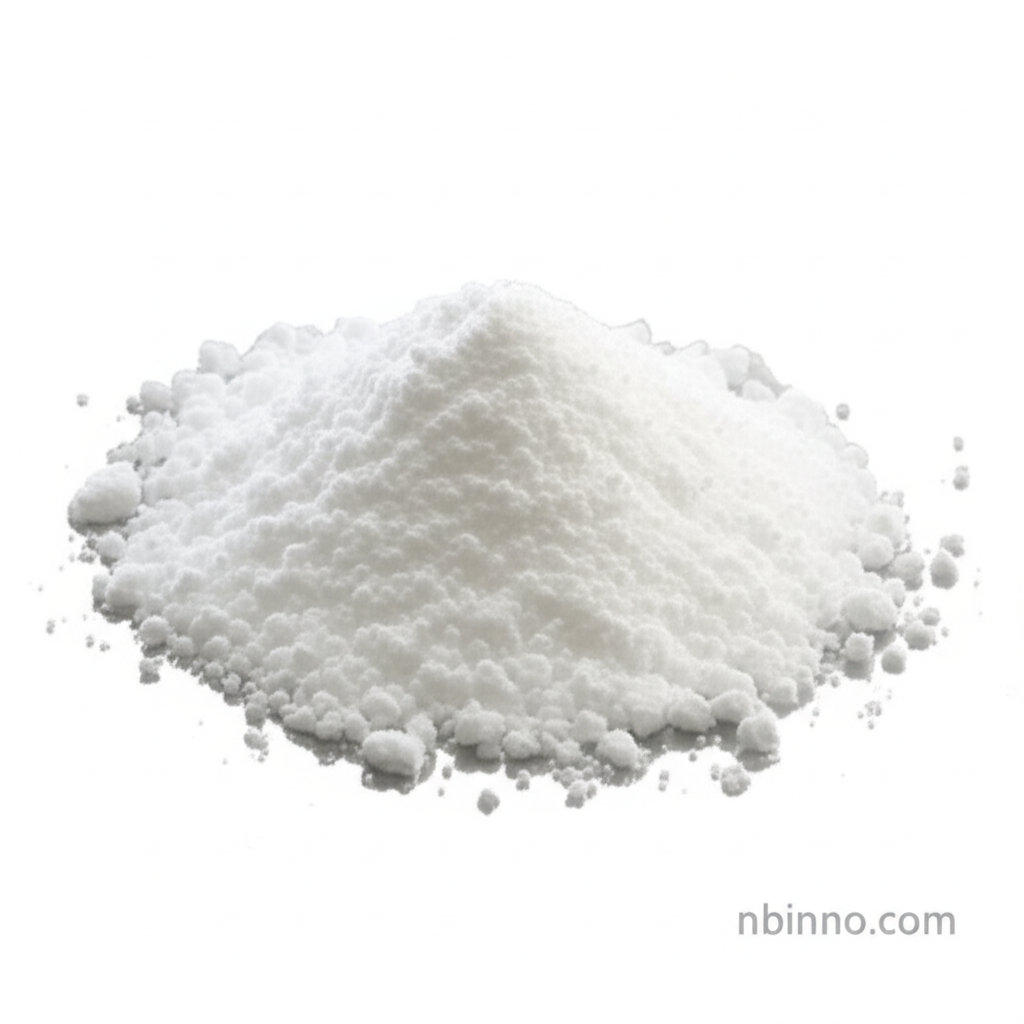Terephthalaldehyde CAS 623-27-8: Synthesis, Properties, and Applications
Explore the versatile uses and chemical significance of Terephthalaldehyde in advanced material synthesis.
Get a Quote & SampleProduct Core Value

Terephthalaldehyde
Terephthalaldehyde (CAS 623-27-8) is a key organic compound valued for its dual aldehyde functionality, making it an indispensable building block in the synthesis of advanced materials and specialty chemicals. Its well-defined chemical properties and reactivity enable its use across a spectrum of industrial applications.
- Discover efficient Terephthalaldehyde synthesis methods crucial for scaling production and ensuring purity for demanding applications.
- Understand the essential Terephthalaldehyde chemical properties, including its reactivity and stability, for optimal process integration.
- Explore the diverse Terephthalaldehyde applications in polymers, contributing to the development of novel high-performance materials.
- Leverage Terephthalaldehyde CAS 623-27-8 as a reliable Terephthalaldehyde fine chemical intermediate in complex organic syntheses.
Advantages it brings
Versatile Reactivity
The presence of two aldehyde groups on the benzene ring allows Terephthalaldehyde to participate in a wide array of chemical reactions, facilitating the creation of complex molecular structures essential for high-performance polymer research chemicals.
Material Science Innovation
As a critical component in organic synthesis, Terephthalaldehyde is instrumental in the development of new functional materials, contributing to advancements in electronics, coatings, and more, underscoring its role as a key fine chemical intermediate.
Industrial Applicability
Its utility extends to pharmaceuticals, dyes, and fragrances, showcasing the broad industrial impact of this compound. Sourcing reliable Terephthalaldehyde CAS 623-27-8 is vital for manufacturers in these sectors.
Key Applications
Polymer Synthesis
Terephthalaldehyde serves as a monomer or cross-linking agent in the synthesis of specialty polymers, contributing to materials with enhanced thermal stability and mechanical properties, a core area of interest for Terephthalaldehyde applications in polymers.
Pharmaceutical Intermediates
The compound is utilized in the synthesis of various pharmaceutical ingredients and intermediates, playing a role in the development of new therapeutic agents. This highlights its importance as a Terephthalaldehyde fine chemical intermediate.
Dyes and Pigments
Terephthalaldehyde is an important precursor in the production of certain dyes and pigments, offering specific coloristic properties and stability for textile and printing industries.
Electronic Chemicals
Its derivatives and applications are found in electronic materials, including components for OLEDs and photoresists, showcasing its relevance in cutting-edge technology sectors.
